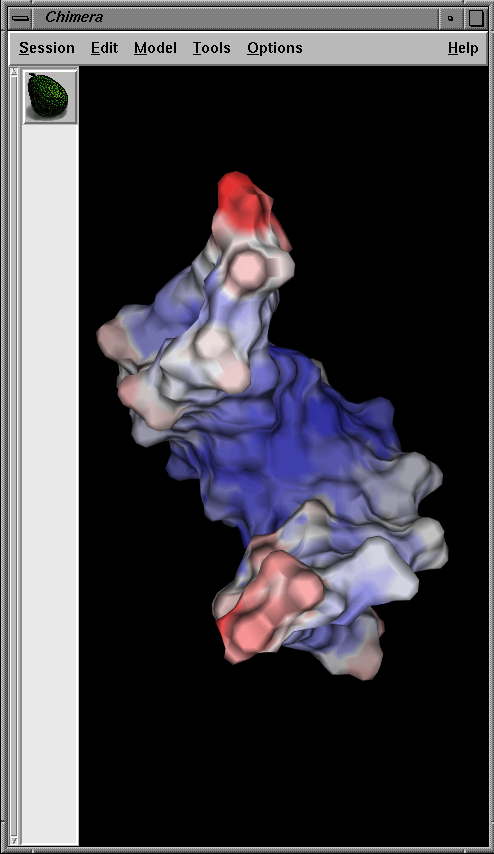

 |

|
NMR experiments often yield a spectrum of structures as solutions for the experimental data. Furthermore, some regions of these structures may be more well-determined than others due to the presence of a greater number of distance constraints in the well-determined regions. The presence or absence of constraints may be related to the structure's actual mobility in solution. The short section of DNA shown above demonstrates these features. The structure and NMR restraints were used as input to the constrained-dynamics module of AMBER, and the output was analyzed with AMBER's CARNAL tool, yielding mobility scores for each atom. The left-hand image above shows the structure with a surface color-coded by mobility; red being "hot" and highly mobile and blue being "cool" and less mobile. The right-hand image shows the atoms with radii proportional to their mobility.
©2004 The Regents, University of California; all rights reserved.